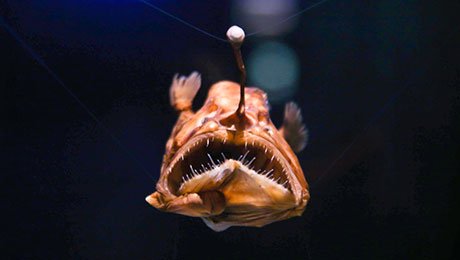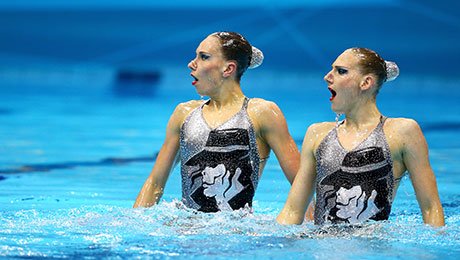Broader thinking
Posted By Clive Whittingham On 28-10-2016 @ 1:28 pm In Features | Comments Disabled
Sayumi Horie, head of global content development at NHK, tells Clive Whittingham about the Japanese pubcaster’s coproduction strategy and new opportunities for international producers.

Sayumi Horie
How is NHK’s factual content evolving?
One trend in terms of subject matter is a geological and meteorological look at our country. We are experiencing unusual typhoons, strange weather and frequent earthquakes, and there is a general concern that something strange is going on.
We are producing many docuseries along the lines of our previous series like Megaquake (2010), The Next Megaquake (2012) and Raging Earth (2014). We just started airing a new series called Mega-Crisis, which looks at how our weather and earthquakes will change with continuing global warming and the impact this will have on the world and Japan.
We are also now producing a series called Geo-Japan for 2017, an ambitious science project that will visualise in full 4K the drastic changes our country has gone through over tens of millions of years. We are actively deploying our 4K/8K equipment for the production of these shows, and also have plans to create VR content.
What opportunities are there for international producers/distributors to pitch to NHK?
We have two slots for international docs: daily show World Documentary from Monday through Thursday and weekly programme Dramatic Planet.
We expect World Documentary to offer Japanese viewers a different perspective on current affairs and cater to people’s hunger for worldwide issues. The slot also focuses on contemporary history and scientific topics. We buy about 100 hours per year. For Dramatic Planet, we purchase shows that Japanese families can enjoy together, buying around 40 a year.
Generally speaking, for both slots we are not only looking for foreign topics that Japanese people can relate to but also docs that will offer something new or different from domestic productions, and that NHK’s cameras cannot access.

NHK is working with US and German firms on Deep Ocean: Lights for Survival
What is NHK’s coproduction strategy in factual?
For major projects, coproduction is vital. We also need to look beyond partnerships that are aimed only at broadcast and secondary usage. We need to explore new approaches and work on multifaceted productions that reach viewers in diverse ways.
If we can make arrangements that enable us to repackage content for more targeted users, we can widen our reach. We’re working with Curiosity Stream in the US and ZDF in Germany on Deep Ocean: Lights for Survival (1×60′).
The demands for international coproduction are ad hoc, and must compete with NHK’s big in-house productions and other external production companies in Japan. We are generally looking for programmes NHK cannot access, have new and strong details in discovery or science, and help the understanding of a wider issue. We’re also keen on new perspectives of Tokyo and Japan in the run up to the 2020 Olympics.
What is the general state of the Japanese documentary industry?
It’s a very exciting period for the industry. For a long time, the Japanese market was self-contained and there wasn’t an urgent need to produce for the international market except for ambitious international copros. Now the media landscape is changing and competition is greater. Viewers have a wider selection of programmes and styles as new domestic and international platforms appear in Japan.
With people increasingly looking away from linear TV, producers are starting to take more interest in what our international partners are doing. Tokyo Docs and other organisations are helping grow this trend.
With the Tokyo Olympics coming up, interest in the country is high and we expect to see an increase in local producers catering for that. We’re working on Russia’s Golden Mermaids (1×60’), about the Russian synchronised swimming team for later this year.

Russia’s Golden Mermaids centres on the country’s synchronised swimming team
Does the style of Japanese docs hinder them travelling internationally?
Generally speaking, Japanese docs are more information-based while European docs have a more film-like style. Japanese viewers are often doing something else while watching TV – like housework – so they like information as well as the pictures to help them follow the story. European audiences can find that overload of information too much.
Japanese viewers also have a greater appetite for information in general. In natural history, Japanese viewers want to know where it is, how they can get there, the challenges the film crew faced and so on. European viewers want to be absorbed into a different world, so the storytelling is different.
But this isn’t so much of an obstacle. If the subject and theme is unique and interesting, the doc will sell abroad. Changes are being made to style and content, which will increase this further.
Article printed from C21Media: https://www.c21media.net
URL to article: https://www.c21media.net/broader-thinking/
Click here to print.